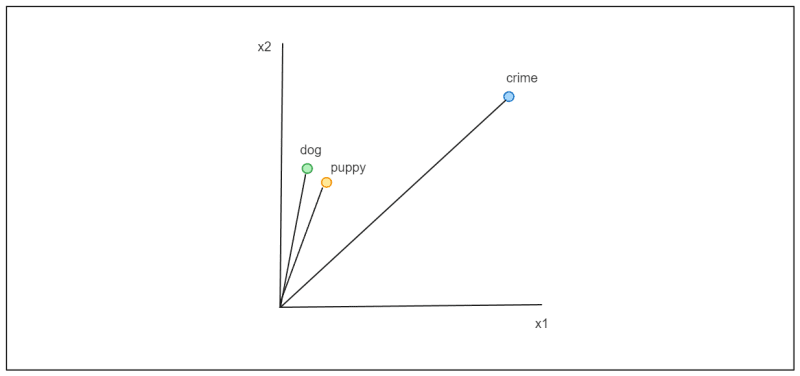Frontend frameworks, mainly JavaScript-based libraries, equip developers with a structured toolkit for constructing efficient interfaces for web applications.
These frameworks accelerate the development process by providing reusable code elements and standardized technology, essential for maintaining consistency across digital projects.
Top Frontend Frameworks
Let’s examine some key players in the frontend framework arena based on their features, community support, and overall demand:
React: A library from Facebook, React is celebrated for its efficient component-based architecture, facilitating the reusability of code. It’s especially favored for creating interactive single-page applications and complex UIs.
Angular: Developed by Google, Angular is an all-encompassing framework designed to streamline the development of large-scale web applications. It is packed with features like two-way data binding and a rich suite of development tools.
Vue.js: Known for its progressive architecture, Vue.js is ideal for developers seeking a lightweight and adaptable framework. It’s simple to integrate with existing projects, making it a versatile choice for modern web applications.
Svelte: As a newer entrant, Svelte moves much of the traditional framework work to compile time, producing highly optimized JavaScript code, which enhances performance.
Bootstrap: Originally developed by Twitter, Bootstrap focuses on mobile-first responsive design. It’s widely adopted for its extensive array of CSS and JavaScript templates that aid in rapid UI development.
Frontend Frameworks in Fintech
In the fintech industry, selecting the right frontend framework can significantly influence the responsiveness and user experience of applications. Popular frameworks like React, Angular, and Vue.js are often chosen for their robustness and ability to manage the intricate features required by modern financial services.
Emerging Trends in Frontend Frameworks
Looking forward, the frontend development landscape is poised for significant evolution with trends such as:
Jamstack: This architecture is gaining traction for its speed, security, and scalability, facilitated by pre-building HTML pages and serving them via a CDN.
Serverless Architectures: These allow developers to focus on building applications without managing servers, offering better scalability and cost-efficiency.
Progressive Web Applications (PWAs): PWAs are set to enhance the mobile user experience with features like offline functionality and home screen shortcuts.
Advancements in Frontend Development Tools
The tools supporting frontend development are also advancing, with innovations in code debugging, performance monitoring, and UI prototyping enhancing developers’ capabilities and streamlining workflows.
Best Practices for Frontend Framework Development
Adhering to best practices is crucial for efficient and maintainable development. Key practices include organizing code into reusable components, ensuring applications are responsive and accessible, optimizing performance, and conducting thorough testing.





